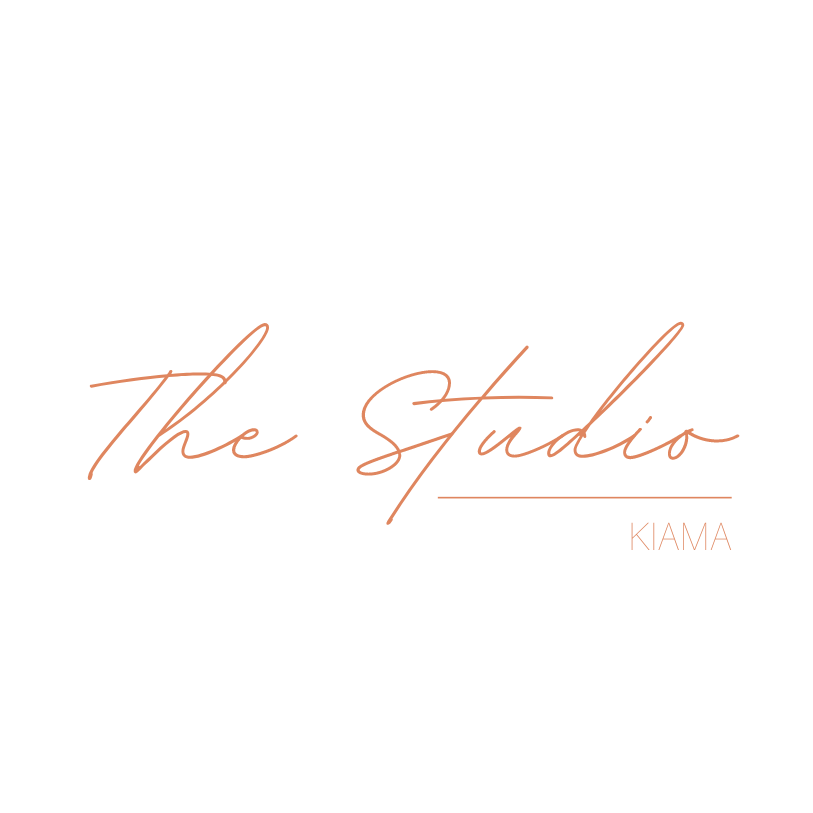The Evolution of Ballet and Music
In ballet, music is not just a backdrop; it's a vital partner that dancers work with to create detailed stories and complex emotions. Ballet and music have evolved in tandem since the 15th and 16th centuries. Pianists and orchestras are the unsung heroes of the ballet studio and stage, working symbiotically with the dancers to create their joint artwork.
Cameron Grant, Sterling Hyltin and Tyler Angle. - Credit… Krista Schlueter for The New York Times
THE HISTORY
Ballet began as a form of entertainment in the Italian and French courts, where it was performed to celebrate royal events. Early ballet music was simple and often composed by court musicians. As ballet transitioned into the theater in the 17th and 18th centuries, music began to serve a more narrative and expressive role. Composers began creating scores that supported dramatic action and complemented the emotional tone of the dance, helping ballet evolve from a court into a beautiful way to showcase storytelling in movement.
The 19th century marked a special period for ballet, both choreographically and musically. During this period, a romantic style in ballet compositions developed. Composers like Adolphe Adam (Giselle, 1841) began making music that enveloped the emotional storytelling of ballet. However, it was Pyotr Ilyich Tchaikovsky who revolutionized ballet music with Swan Lake (1877), The Sleeping Beauty (1890), and The Nutcracker (1892). His compositions, rich in melody and orchestral color, demonstrated that music in ballet could stand as artistic masterpieces on their own.
Pyotr Ilyich Tchaikovsky, St. Petersburg, Russia, 1887 (Photo - Britannica.com)
TO PRESENT
In the 20th century, ballet music embraced and experimented with modern, abstract, and cross-genre tones. Igor Stravinsky’s compositions with Sergei Diaghilev’s Ballets Russes, such as The Firebird (1910), Petrushka (1911), and The Rite of Spring (1913), were a change from traditional musical and choreographic expectations when it comes to ballet. These compositions played with rhythm, dissonance, and narrative boundaries, influencing generations of choreographers and composers. Today, ballet continues to evolve musically, incorporating electronic, minimalistic, and even popular genres reflecting the dynamic and inclusive nature of dance.
In studios around the world, ballet pianists provide the live accompaniment that is essential for training dancers and developing choreography. Their work requires a unique blend of musical skill, intuition, and adaptability.
A ballet pianist must be able to improvise, alter tempo on the fly, and communicate non-verbally with instructors and dancers. They often tailor their playing to match the specific needs of a class, adjusting the rhythm, mood, and structure of their music to enhance the dancer’s technique and artistry. In rehearsals for professional productions, pianists may reduce complex orchestral scores into playable piano versions, giving dancers a musical approximation of what they will experience in performance.
Photo courtesy of Massimiliano Greco. Credit - pointemagazine.com
The music of ballet has undergone transformations, from compositions of the Renaissance courts to the emotionally full symphonic creations of Tchaikovsky and the scores of the 20th and 21st centuries. Throughout this evolution, music has remained inseparable from the essence of ballet. Within this constant bond of sound and motion, pianists play a vital yet often overlooked role. Their ability to breathe life into movement, day after day, rehearsal after rehearsal, ensures that the tradition and innovation of ballet continue to flourish and come to life.
IN THE STUDIO
In ballet, music is more than accompaniment—it's the heartbeat of every step, the breath behind every gesture. Our Repertoire Classes with invites you to dive into the rich relationship between music and movement, as you learn and perform iconic works from the classical and neoclassical ballet repertoire.
This class is about translating music into motion. Dancers will explore excerpts from beloved ballets like Sleeping Beauty, La Bayadère, Giselle, and Nutcracker, discovering how composers and choreographers worked in tandem to create timeless works of art.
In this class you will, learn to listen actively and respond intuitively with your movement, interpret emotion in both music and choreography, and embody roles from ballets where musicality is central to there storytelling.
Repertoire class is suitable for beginner, intermediate and advanced dancers, with alterations available to accomodate various levels. Some prior ballet knowledge is required so please ensure you have at least completed our Absolute Beginner Ballet course, if you are new to ballet. Pointe shoes are encouraged if you are already working confidentially en pointe.



